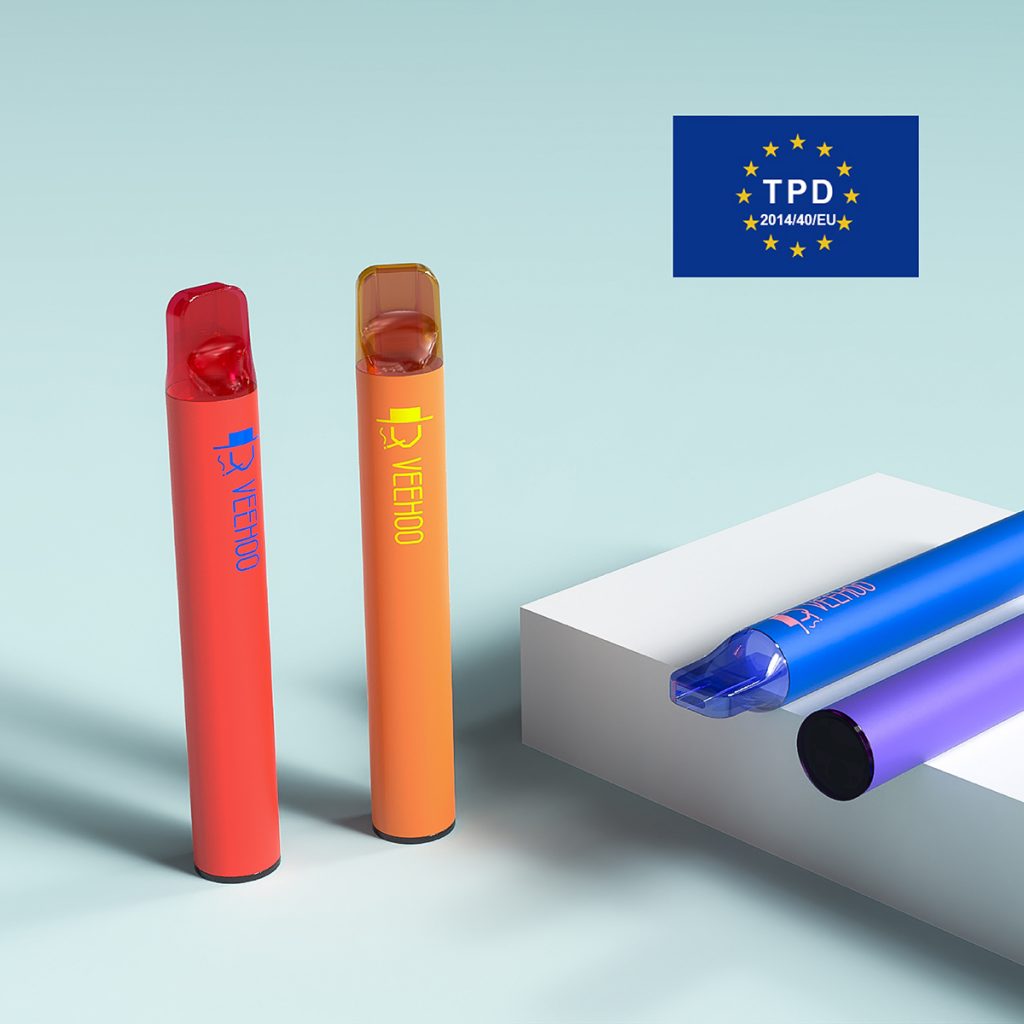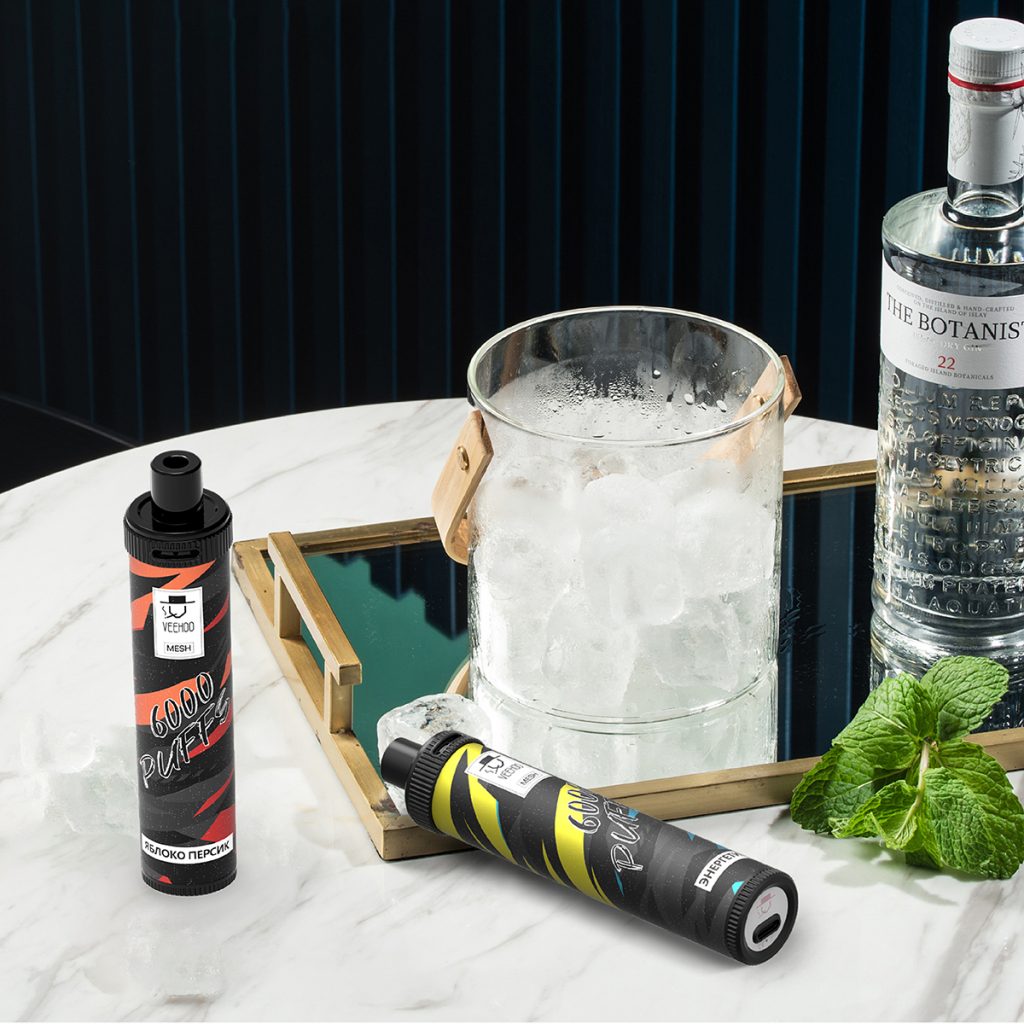The concept, types, characteristics and development significance of new tobacco products
“New tobacco products” mainly refer to tobacco products that are different from cigarettes that use traditional burning and smoking methods. According to the use form of its products, it can be roughly divided into two types: smoke-free and smoke-free.
Smoke-free products mainly include snus, chewing tobacco, and chemical-containing tobacco products, while the main forms of smoke-containing products include heat-not-burn tobacco products and vapes.
The main common features of new tobacco products are that they do not need to be burned, basically have no harmful ingredients such as tar, and at the same time can meet the human body’s demand for a certain amount of nicotine intake. This feature makes new tobacco products have an “innate advantage” in the harm reduction mechanism, and the harm reduction rate is relatively obvious, which has been initially confirmed.

Therefore, the emergence of new tobacco products is inevitable, and its development will more reflect the characteristics of “lower harm”, and promote the development of tobacco products in a direction that is less harmful to users and harmless to others and the environment.
Table of contents:
1. Snus
Smokeless tobacco product is a small device used to simulate or replace cigarette smoking. Its basic principle is to atomize glycerin or propylene glycol solution containing nicotine and flavor components by means of heating, ultrasound, etc., to produce smoke similar to cigarette burning. Fog for people to inhale.
Snus (ie moist snuff, Snus) is currently the mainstream smokeless tobacco product in the world. It is a wet or semi-moist powdered tobacco product that can be packed in a pouch similar to but smaller than a tea bag and placed between the back of the lips and the gums for half to an hour. The most important markets are the United States and Sweden. Numerous studies have shown that snus is less harmful than cigarettes.

2. Heat-not-burn tobacco products
Heat-not-burn tobacco products are also called novel cigarettes or low-temperature cigarettes. Its main feature is that it uses an external heat source to heat the tobacco instead of igniting it to produce tobacco-flavored gases.
According to the research results, nicotine and most of the aroma components in tobacco leaves can be released from the tobacco at 300-600°C and transferred to the smoke. Excessively high temperature will cause the pyrolysis of tobacco aroma components and transform them into harmful components. Therefore, lowering the temperature of cigarettes can not only greatly reduce the harmful components of smoke, but also affect a variety of flavor components relatively little (or even increase). If the heating temperature of cigarettes is controlled below 600°C and the tobacco is heated but not burned, various harmful components in the smoke are expected to be greatly reduced, which provides a theoretical basis for the development of low-harm cigarettes. Heat-not-burn tobacco products emerged as the times require.
Heat-not-burn tobacco products can be divided into three types according to different heating sources: electric heating type, fuel heating type and chemical heating type.
The electric heating type uses electricity as the heat source to heat the tobacco substance to produce nicotine-containing smoke.
Fuel heating type, that is, the external fuel is used as the heat source to heat the tobacco substance to produce nicotine-containing smoke.
Physical and chemical reaction heating type, that is, using the heat generated by physical and chemical reactions as the heat source to heat tobacco substances and generate nicotine-containing smoke.
Since the heating temperature of heat-not-burn tobacco products is much lower than the combustion temperature, it can effectively reduce the harmful components produced by high-temperature combustion and cracking of tobacco, and greatly reduce the release of chemical components in mainstream smoke. Different from the smoldering way of conventional cigarettes, the shredded tobacco is not heated during the puffing interval, so the sidestream smoke and ambient smoke are also greatly reduced. The smoking method is basically similar to traditional cigarettes, and the core raw material for consumption is still tobacco, which can maintain the flavor of tobacco to the greatest extent and is also conducive to monopoly supervision.
At present, heat-not-burn tobacco products exist mainly as a supplement to traditional cigarettes, and will not completely replace traditional cigarettes in the short term. It still has a long way to go in terms of sensory taste, user experience, manufacturing process and risk assessment. However, heat-not-burn tobacco products are less harmful and can maintain the flavor of cigarettes to the greatest extent. If they can make use of their own characteristics and make effective breakthroughs in technology, they will be recognized by more and more consumers. With the gradual expansion of the audience, more innovative and contemporary heat-not-burn tobacco products will profoundly change the existing pattern of the tobacco industry and become a new growth point for the global tobacco market.

3. Vapes
vape is a small device used to simulate or replace cigarette smoking. Its basic principle is to atomize glycerin or propylene glycol solution containing nicotine and flavor components by means of heating and ultrasound to generate a mist similar to cigarette burning. People smoke.
vapes use the method of heating smoke liquid to replace the process of burning tobacco in cigarettes. While releasing aroma and nicotine, the release of tar and other harmful components is greatly reduced compared with traditional cigarettes. The innovation of vapes in the principle of smoking is a leapfrog improvement in the technology of reducing tar and harm of tobacco products.
Most vapes have an appearance similar to cigarettes, and their smoking methods are basically the same as cigarettes. Since vapes do not need to be ignited, do not produce soot, and have no uncomfortable second-hand smoke, the operation of vapes is more convenient, the place of use is wider, and the impact on the surrounding people is smaller.
The earliest vape-related patents can be traced back to the American Herbert A. Gilbert in 1963. In his patent “A Smokeless Non-tobacco Cigarette” (A Smokeless Non-tobacco Cigarette), he mentioned that heating nicotine solution to generate steam is used to method of inhalation. 40 years later, in 2003, Han Li, the inventor of “Ruyan”, re-proposed a device that atomizes a diluted solution of nicotine to produce smoke-like smoke, and commercialized it. In 2004, “Ruyan” vapes appeared in the Chinese market as a smoking cessation product, and began to export to the international market in the second year.

In the early stage of the development of vapes, due to the large quality problems in the atomization technology and e-liquid formula, the market acceptance was average, and they disappeared in 2007. By 2010, with the continuous maturity of products and the strengthening of global tobacco control efforts, foreign vape brands have gradually opened up the consumer market in the United States and other places, and vapes have re-entered the public eye and are welcomed by more and more consumers. And veehoo also entered this field in the early stage. After ten years of development, it has been recognized by more and more vape enthusiasts.
Tags: new tobacco product definition,new smokeless tobacco products,vapes and heat-not-burn tobacco products,snus meaning,heat-not-burn tobacco products,vapes online,vape,veehoo